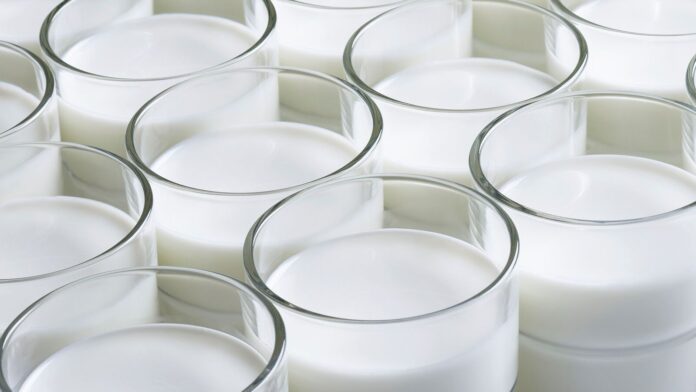Milk and milk products are essential for a nutritious diet, especially for children. A persistent low-quality diet has several negative consequences for children’s health, and the adverse effects of poor nutrition can last into adulthood.
Family size affects spending on food, especially protein-rich food such as milk, which is relatively expensive. Parents in larger families may need to make trade-offs in food quality if household income does not keep pace with the financial resources required to meet the needs of a growing family. This could result in lower per-person expenditure on nutritious foods in larger families.
For food products such as vegetables, larger families may benefit from economies of scale and discounts on bulk buying. In such cases, lower per-person expenditure in larger families may not be a good indicator of the quantity of food consumed per person. However, for milk, there are rarely significant discounts on larger packets.
There is little research on how family size matters in India in terms of per-person expenditure on food items. Here, we consider the case of spending on milk and milk products (henceforth called milk) in rural and urban India for two types of families: three-member households with one child and four-member households with two children.
Our estimates are based on India’s National Household Consumption Survey 2022-23 data. There are 18,179 three-member, single-child families and 28,650 four-member, two-children families in this nationally representative survey.
We find that an average one-child family spent ₹443 per person per month on milk in 2022-23, while a two-children family spent ₹376. The average spending is typically pushed up by the expenditure of higher-income families. Per-person milk spending by a median household, ranked on the basis of total household expenditure, was around ₹329 for one-child families and ₹300 for two-children families.
While the per-person milk expenditure in two-children families is lower, the share of spending on milk in total monthly expenditure is marginally higher for two-children families.
This suggests that parents face trade-offs caused by an insufficient increase in family income as its size rises and they must prioritize other critical expenditures, such as on education, healthcare and other food items, which may limit the available budget for milk.
When we divide households based on total household expenditure into four quartiles, we find that among one-child and two-children families, the spending on milk per person in the highest quartile is about nine times that in the lowest quartile. Inevitably, lack of nutrition among children in poorer families impacts their health and education outcomes, and eventually adult outcomes too, widening social inequality.
As for a rural-versus-urban comparison, since the data is in prices and not quantities, we can compare the two types of households within rural and urban areas, rather than between rural and urban. This is because prices can differ significantly between cities and villages. Note that in rural areas, the reported milk spending includes the value of home-produced milk.
Both in rural and urban India, per capita milk expenditure in all quartiles based on total monthly expenditure is lower among two-children families than single-child families, with per-person milk spending around 30-32% lower in larger families in each quartile. This is especially a concern in the lowest quartile, where even single-child families spend much less on milk.
While our estimates are of average spending across all households, studies suggest that for 58% of children between the ages of 6 months to 2 years, parents report no milk consumption as per National Family Health Survey 2019-21 data. While cases of lactose intolerance do exist, these may be largely children in the poorest families within the lowest consumption quartile.
Although public policy cannot roll out interventions based on family size, efforts should be made to increase milk consumption through various schemes to address nutritional gaps and improve children’s health outcomes.
The Gift Milk programme of the National Dairy Development Board expansion, for example, offers 200ml of flavoured milk fortified with vitamins A and D. Some states, such as Tamil Nadu and Karnataka, include milk distribution in their school mid-day meal programme for government schools.
It would help families even more if we could arrest the increase in milk prices. While milk production in the country has been growing at an annual rate of about 6% over the years, milk has steadily gotten costlier, suggesting that demand has been outstripping supply.
In the past few years, India’s leading milk suppliers have hiked prices several times, the latest being in June this year—in response to rising production costs, with cattle fodder, transportation and labour all costing more. This does not bode well for the affordability of milk among poorer families.
This is the 10th year since we began celebrating National Milk Day. The time is ripe for India’s White Revolution 2.0.
The authors are, respectively, professor of economics and director (research) at Great Lakes Institute of Management, Chennai, and assistant professor of economics, Institute of Management Technology, Ghaziabad.
#White #Revolution #Milk #sufficiency
